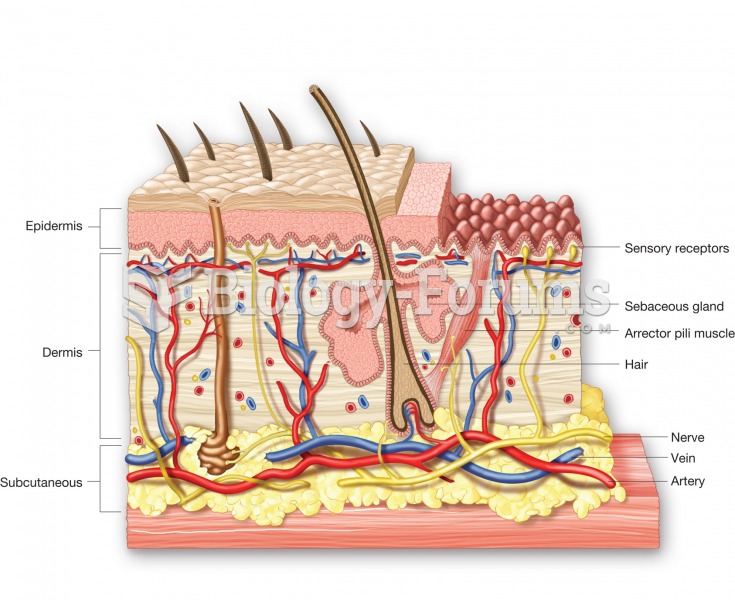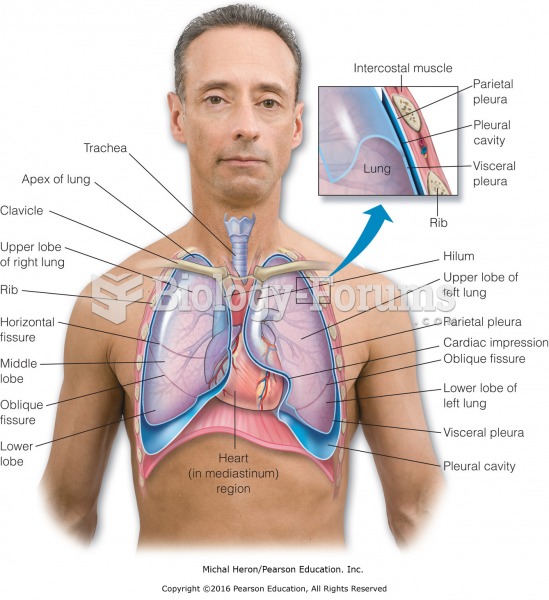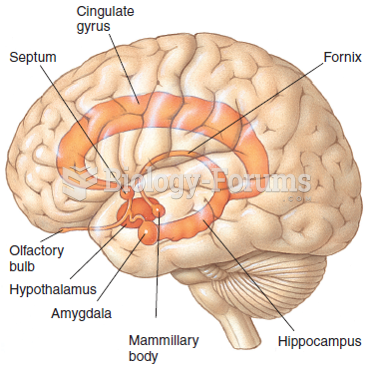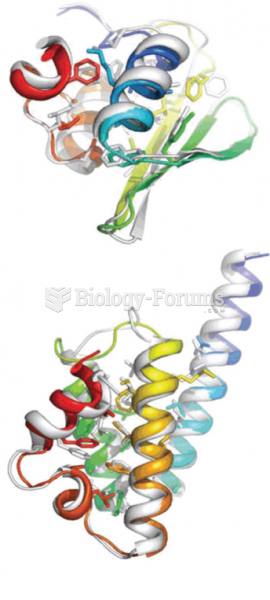Answer to Question 1
organ system
Answer to Question 2
The phrase symptomatic body area or organ system suggests that a specific organ system or body area is experiencing symptoms of the chief complaint. In the physical examination documentation, the word abnormal suggests that a specific part of the patient's body is not functioning, as it should, that is, something is wrong. When the physician identifies an aspect of the patient's physiology or anatomy that is abnormal, the documentation must indicate specifically what is abnormal.
Because the physical examination is intended to identify the severity of and risk posed by the nature of the presenting problem, intent of the physical examination is, ultimately, to identify the current status and function of the organ systems/body areas related to the presenting problem. Therefore, it would not be surprising to identify abnormalities in the organ systems/body areas related to the presenting problem. However, if abnormal findings are identified in organ systems or body areas that are unrelated to the presenting problem, or in organ systems/body areas that have caused no discomfort or pain for the patient, these findings are unexpected and may be informative about certain pathologies that may not have been considered.
This is why the phrase asymptomatic body area or organ system suggests that a specific organ system or body area is unaffected by the chief complaint. Occasionally, however, the physician may notice something abnormal or unexpected in an organ system or body area that is unaffected by the CC. In this situation, the physician must explain what is abnormal or unexpected about this asymptomatic organ system or body area.







